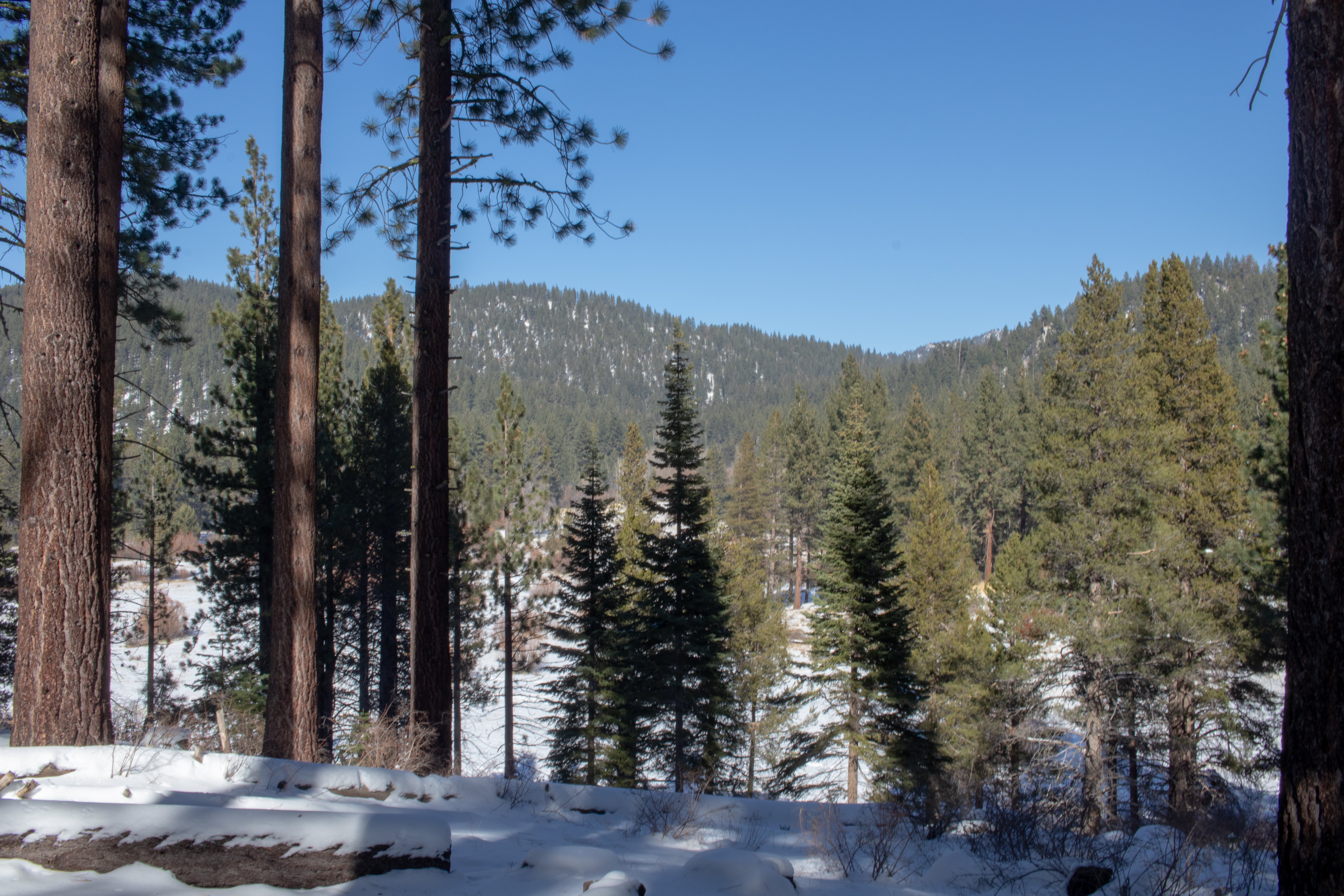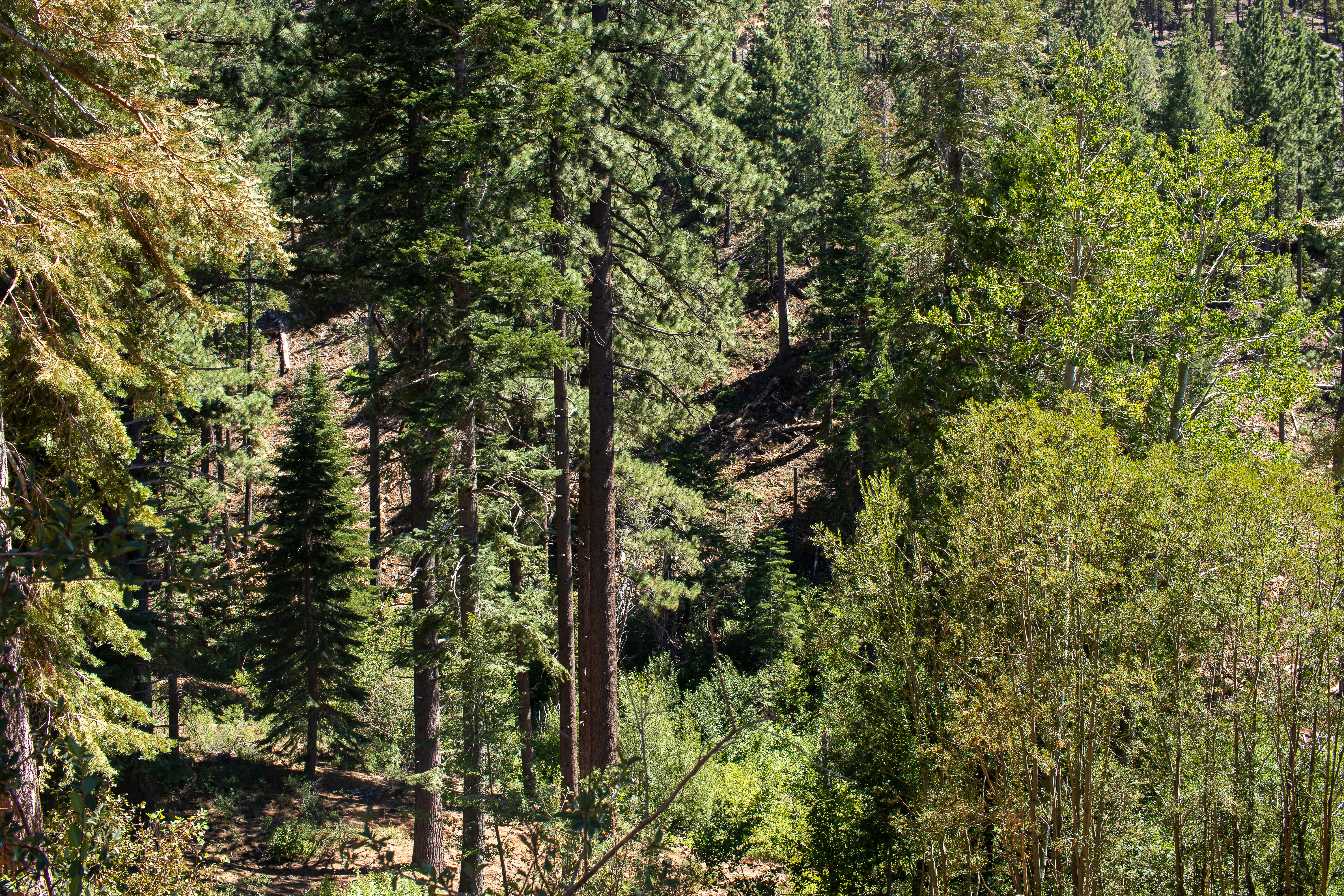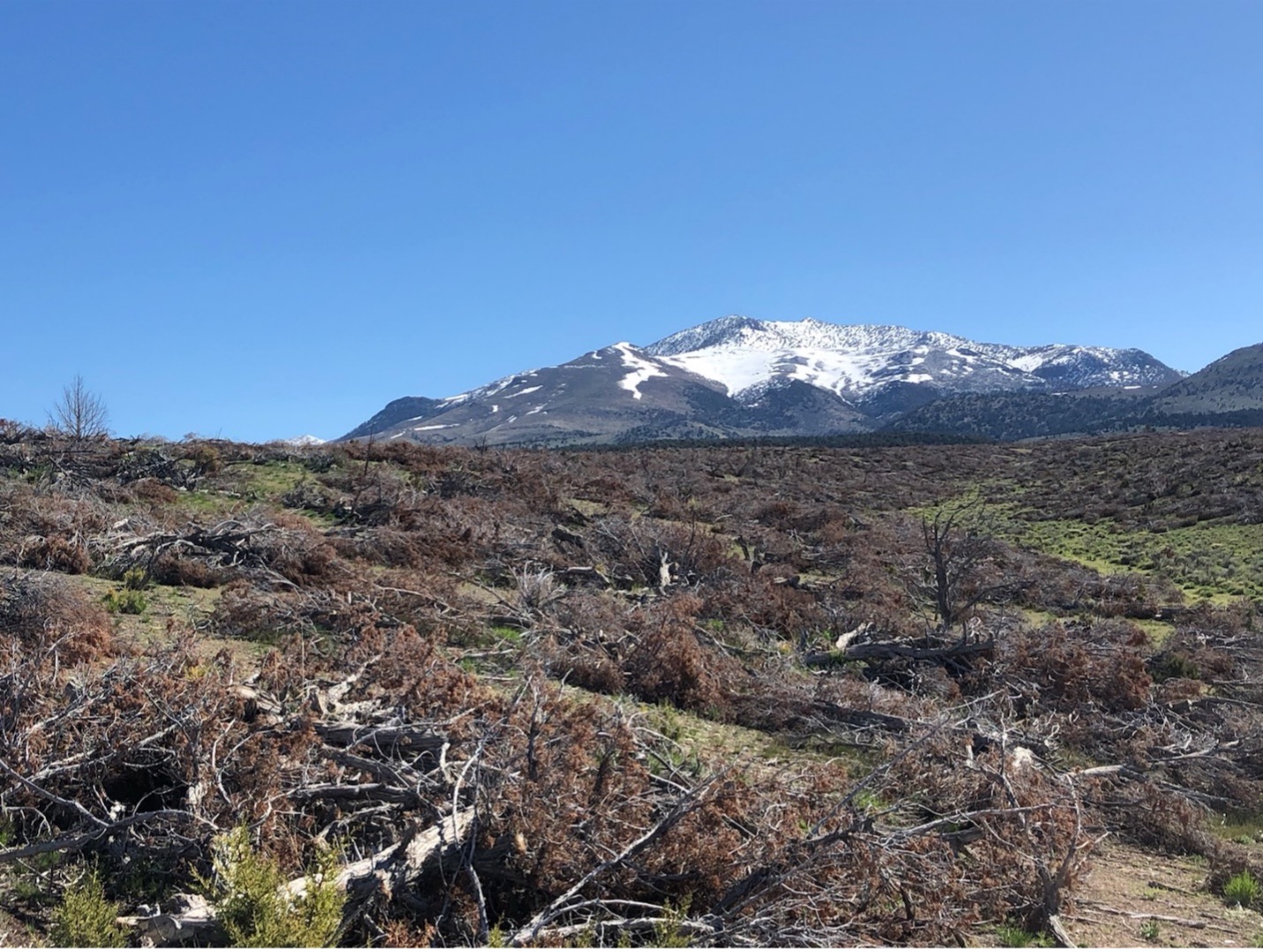Climate Change Mitigation
The Nevada Division of Forestry is a science-driven agency that participates in gathering information about changes in our ecosystems as well as using that information to adjust practices and activities to ensure the values and benefits of natural resources remain sustainable. Many of Nevada’s ecosystems have been trending toward warmer and drier conditions and therefore adjustments to natural resource and wildland fire management practices are continuously sought, evaluated and implemented to help mitigate the negative impacts of those changes. Additionally, the Division seeks to minimize any contributory actions or outputs from ecosystems that can exacerbate negative climate changes.
Nevada’s climate change has been documented as far back as 8,000 BC, resulting in a roller coaster of wetter and cooler, then drier and warmer conditions since that time. These changes have generated shifts in vegetation communities, wildlife, and human populations over time in the state. With the changes in climactic conditions, the land has experienced profound impacts on the rates of soil erosion and other biophysical processes across the landscape. Bison and Fremont Native Americans both inhabited Nevada during warming periods from 400 AD to 1300 AD but were both pushed out from the onset of the little ice age and the associated cooler and wetter climate resulting in unsuitable living conditions. The first European explorers arrived and encountered these conditions in Nevada. The recent (1850 to current) times have been dubbed the “Anthropocene” due to the impacts that human population growth and domination have had on the planet.
Nevada's Climate Strategy
“From changes in precipitation patterns to the frequency and intensity of extreme storms, floods, droughts, and heat waves, the impacts of climate change are being seen and felt in Nevada and beyond. Climate change is also impacting our infrastructure, public health, economy, and ecosystems.” - State of Nevada Climate Initiative
Expanding Urban & Community Forestry Programs
The State of Nevada's Climate Change Initiative identified the expansion of Nevada's urban forestry programs as a way to help communities combat climate change, highlighting the need to bolster NDF's Urban and Community Forestry Program.
Nevada's Climate Strategy suggests that “planting, growing, and maintaining urban trees and community forests can sequester carbon and help cities adapt to higher temperatures and other climate change impacts, as well as urban heat island (UHI) effects. Shading provided by trees can also reduce the amount of energy needed to heat and cool nearby buildings.”
Climate Change Resources
Tahoe Conservancy Climate Change Adaptation Website
State of Nevada Climate Initiative Website



